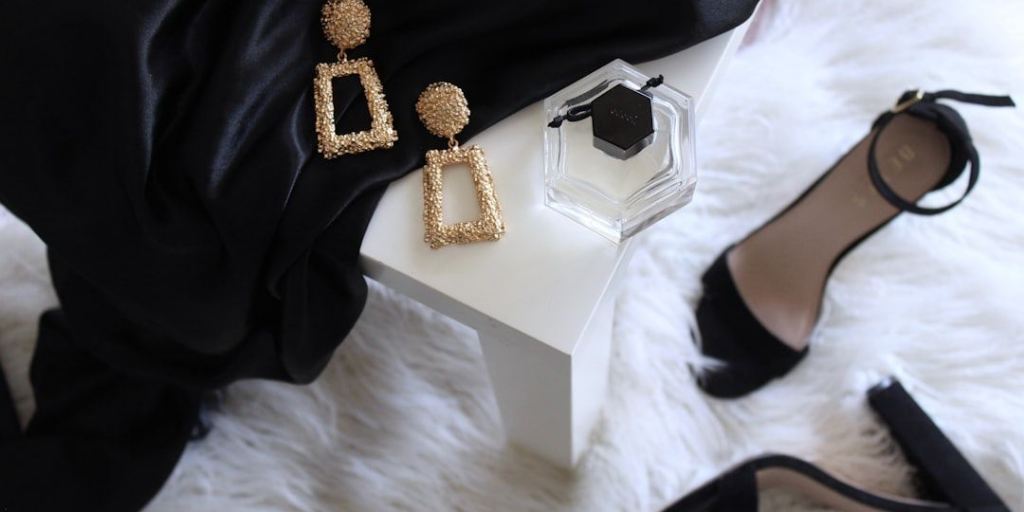In bankruptcy, certain luxury goods and cash advances made within a specific time period before the filing are presumed fraudulent and non-dischargeable. Under U.S. bankruptcy law (specifically, 11 U.S.C. § 523(a)(2)(C)), the following transactions are presumed non-dischargeable:
- Luxury Goods or Services: If a debtor purchases luxury items within 90 days before filing for bankruptcy, and the total value of those items exceeds $725 (as of 2024, adjusted periodically for inflation), these debts are presumed to be non-dischargeable. Luxury goods are defined as items not reasonably necessary for the debtor’s support or maintenance or that of their dependents.
- Cash Advances: Similarly, cash advances aggregating more than $1,000 that are taken within 70 days before the filing are presumed to be non-dischargeable.
The debtor can rebut these presumptions by proving that the purchases were not fraudulent, meaning that they intended to repay the debt or that the goods were not actually “luxury” items. If the debtor can overcome the presumption, the debt might still be dischargeable.
In bankruptcy, luxury goods are considered items that are not reasonably necessary for the support or maintenance of the debtor or their dependents. Courts generally view these items as non-essential, especially when compared to basic needs such as food, clothing, housing, and medical care. Here are examples of what might be considered luxury goods under bankruptcy law:
- High-End Electronics: Expensive gadgets, such as high-end smartphones, the latest model laptops, premium sound systems, or large smart TVs.
- Designer Clothing and Accessories: Items such as luxury handbags, designer shoes, high-fashion clothes, or expensive jewelry (beyond basic or work-necessary attire).
- Luxury Travel: Costs associated with expensive vacations, first-class flights, or stays at high-end resorts or hotels.
- Luxury Vehicles: Purchasing a new, high-end car or other luxury vehicles (like sports cars or luxury SUVs) if a less expensive vehicle would meet basic transportation needs.
- Fine Dining and Gourmet Meals: Excessive spending at expensive restaurants or on gourmet foods that are beyond typical living costs.
- High-End Home Furnishings and Décor: Purchasing luxury furniture, designer home accessories, or expensive artwork that goes beyond what is reasonably necessary for living.
- Cosmetic Procedures: Elective surgeries or expensive beauty treatments, such as plastic surgery, that are not medically necessary.
- Recreational Equipment: High-end recreational items like boats, jet skis, or golf clubs when not essential for work or basic living.
- Luxury Fitness or Spa Memberships: Expensive gym memberships, personal trainers, or spa treatments that go beyond what is necessary for basic health and wellness.
These examples generally go beyond the essential needs for living and maintaining a household, making them more likely to be classified as “luxury” items and potentially non-dischargeable in bankruptcy if purchased shortly before filing.
